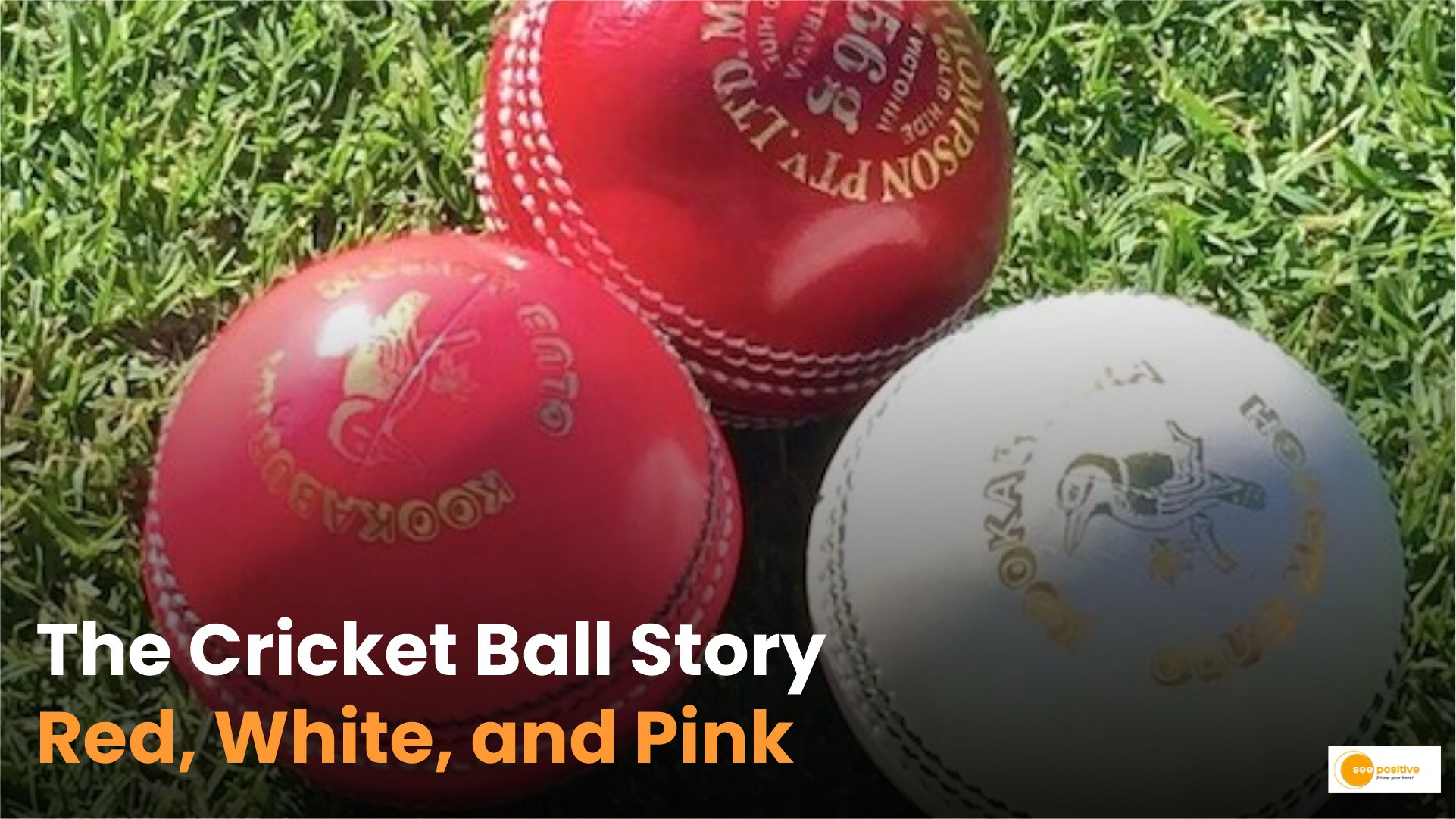Colors of Cricket Ball: In cricket, the ball’s color plays a significant role in shaping the game play across different formats. The red, white, and pink balls are uniquely designed to suit specific conditions, from the long sessions of Test cricket to the fast-paced action of ODIs and T20s, and the innovative day-night Test matches. Each ball offers distinct characteristics, affecting visibility, swing, and durability, making them critical to the strategies of players and teams alike. This article explores these cricket balls’ unique features and purposes and their impact on the modern game.
The Red Ball: Classic Choice for Test Cricket
The red ball is the traditional choice for Test cricket and is known for its durability and ability to provide assistance to bowlers. It retains its seam for a longer period, allowing fast bowlers to extract movement, especially in the early stages of a Test match. This swing is particularly valuable for bowlers who rely on seam and swing to trouble batsmen. The red ball is better suited for daylight conditions and can be difficult to see under artificial lighting, which makes it less ideal for night games. However, its superior durability allows it to last over the course of a five-day Test match, providing consistency in its behavior throughout the long format.
White Ball:Staple of Limited-Overs Formats
In contrast, the white ball is predominantly used in limited-overs formats, including One-Day Internationals (ODIs) and T20 matches. One of its main advantages is its visibility, particularly in night games, as it stands out more against the dark sky. The white ball provides a more consistent bounce and allows for faster play, making it more batsman-friendly than the red ball. However, it tends to lose its swing much quicker, and the ball becomes dirty more rapidly, which can affect the way it behaves during the later stages of a match. While it doesn’t offer the same movement as the red ball, it is well-suited for shorter formats where the emphasis is on quick scoring and high-paced action.
Pink Ball:Blend of Tradition and Innovation
The pink ball, introduced for day-night Test matches, seeks to combine the advantages of both the red and white balls. It provides the swing and seam movement typically seen with the red ball, while also maintaining the enhanced visibility offered by the white ball. This makes it the perfect choice for games that transition from day to night. The pink ball performs better than the white ball in terms of durability, retaining its seam for a longer period and providing consistent bounce. The pink ball has proven effective for twilight conditions, which often offer the best bowling opportunities, making it a popular option for day-night Tests. Its design addresses the visibility issues of the red ball while retaining the swing characteristics that fast bowlers appreciate.
Choosing the Right Ball for the Format
The choice of ball significantly influences the strategies employed by teams, as it directly affects both batting and bowling tactics. While the red ball is favored for longer formats like Test cricket due to its durability and swing potential, the white ball is ideal for the fast-paced nature of limited-overs cricket, offering better visibility for night matches. Meanwhile, the pink ball offers a middle ground for day-night Tests, combining the benefits of both swing and visibility. Each ball has its strengths, and understanding these nuances is essential for teams to adapt their strategies to the ball being used in each format.
Also, Read- https://seepositive.in/sports/ipl-2025-mega-auction-top-players-big-spends-and-teams/


